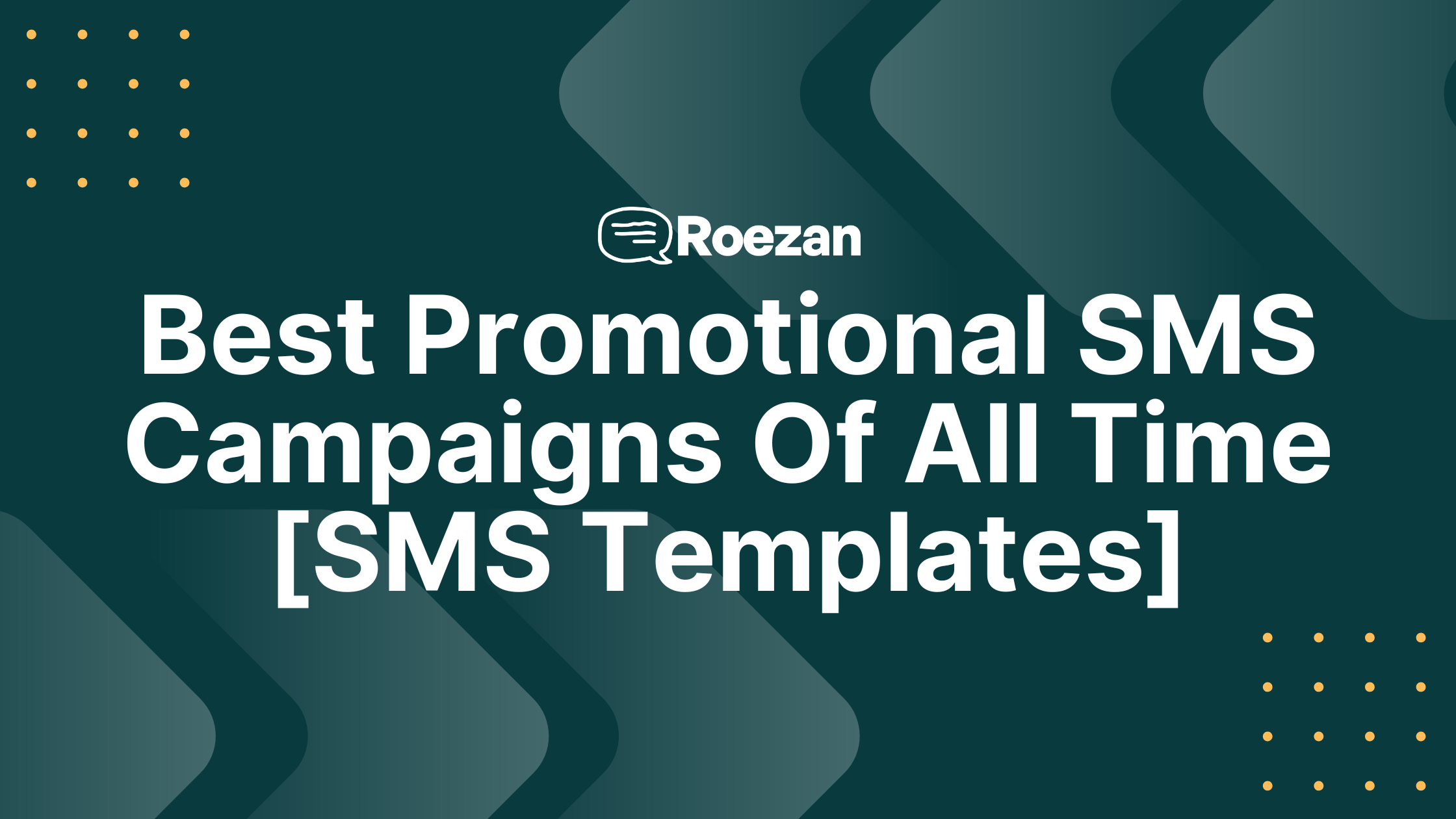Marketing campaigns are crucial for business success, and there are various channels available for businesses to use when reaching out to their customers. Two of the most popular channels that businesses use to reach their customers are SMS marketing and email marketing. Both channels have their own pros and cons when it comes to reaching customers and promoting products, but which is better? In this article, we'll compare SMS marketing to email marketing and help you determine which channel delivers better results for your business.
What is SMS Marketing?
SMS marketing is a mobile marketing channel that involves sending promotional messages to customers via text message. This channel is becoming increasingly popular as more and more people are using their mobile devices to stay connected. SMS marketing allows businesses to send targeted messages that are relevant to their customers, resulting in better engagement and conversions.
What is Email Marketing?
Email marketing is a marketing channel that involves sending promotional messages to customers via email. This channel has been around for decades and is still one of the most effective ways for businesses to connect with their target market. Email marketing allows businesses to send targeted messages to their customers that are relevant and engaging.
Which Channel Delivers Better Results?
Both SMS marketing and email marketing have their own advantages and disadvantages, but which channel delivers better results? The answer to this question depends on several factors, including the type of business, the target audience, and the objectives of the marketing campaign.
Open and Click-through Rates
One of the most important metrics to consider when comparing SMS marketing and email marketing is open and click-through rates. Open rates refer to the percentage of customers that open an SMS or email message while click-through rates refer to the percentage of customers that click on a link within the message.
In general, SMS marketing has a higher open rate than email marketing. According to a report by MobileMarketingWatch, SMS messages have a 98% open rate compared to email messages which have an open rate of around 20%. However, email marketing has a higher click-through rate than SMS marketing. According to a report by Campaign Monitor, email marketing has a click-through rate of around 2.5% while SMS marketing has a click-through rate of around 4.2%.
Cost
Another factor to consider when comparing SMS marketing and email marketing is cost. SMS marketing can be more expensive than email marketing since businesses need to pay for each text message that is sent. However, email marketing requires businesses to pay for an email service provider and may require additional fees for larger email lists.
Targeting
One advantage that SMS marketing has over email marketing is targeting. SMS messages are sent directly to the customer's mobile device, which means that businesses can target customers based on their location or other relevant information. Email marketing requires businesses to rely on customers to check their email and may not be as effective if the email isn't seen in a timely manner.
Customer Engagement
Both SMS marketing and email marketing can be effective channels for engaging with customers. SMS messages have a higher open rate, which means that customers are more likely to see them. However, email marketing allows businesses to send longer messages and include more visual content, which can be more engaging and informative.
Final Thoughts
When it comes to SMS marketing vs. email marketing, the answer isn't always clear-cut. Both channels have their own advantages and disadvantages, and which one delivers better results will depend on the type of business, the target audience, and the objectives of the marketing campaign. Ultimately, businesses should consider using both channels to reach their customers and evaluate their performance over time to determine which one works best for their business.
By understanding the pros and cons of SMS marketing and email marketing, businesses can make informed decisions about which channel to use to reach their target audience and promote their products and services.



